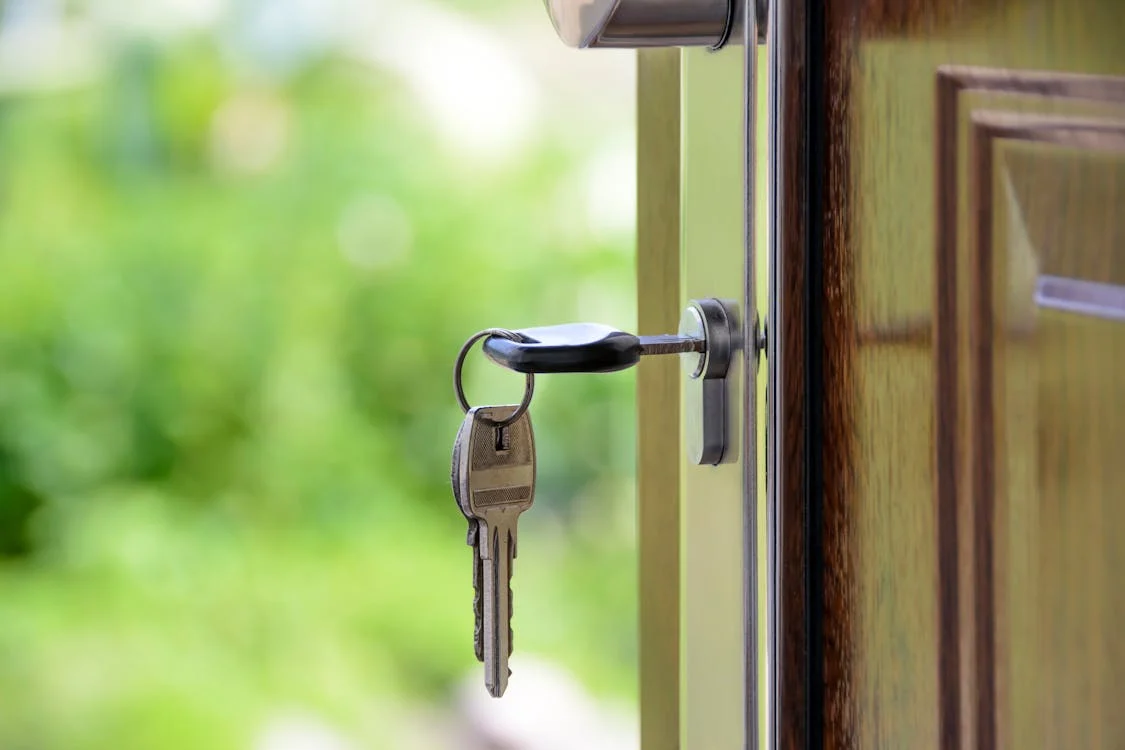30th October 2023 | Asha Ngai | Residential Real Estate, Construction, Building Act 2022
The devastating 2017 Grenfell tragedy led to ground-breaking reforms to give residents and homeowners greater protection to make homes safer.
The Building Safety Act 2022 delivered changes to ensure residential buildings are constructed more safely and continue to be maintained. The Act also provides protective measures by ensuring that leaseholders are not automatically made to pay for historical safety defects meaning freeholders will not legally be able to charge leaseholders for any costs in circumstances where a building requires cladding to be removed or remediated. These are buildings over five storeys or eleven metres tall. Aside from cladding, there will be protection from costs associated with other defects such as emergency measures (waking watches).
From 1 October 2023, all new higher-risk buildings will be required to be registered with the Building Safety Regulator once a completion certificate has been issued. Until registration takes place, the properties cannot be occupied. Higher-risk buildings in England are classified as buildings that have at least two residential units and are either a height of least 18m in height or seven storeys. Failure to register is an offence and can lead to a fine, imprisonment or both.
The regulations are a welcome guidance in the construction and property sectors and increase the severity of failing to comply with the core requirements.
To find out more or see if this affects you, contact Asha Ngai.



